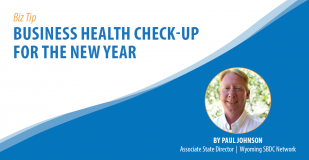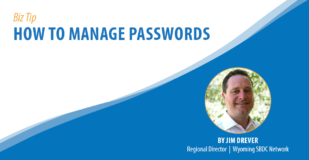One of the most frequent questions we receive is regarding cash flow challenges that business owners are facing. It is one of the things that tends to keep them up a night and yet they aren’t sure what to do about it.
What is Cash Flow?
First of all, let’s define cash flow. For the purposes of this post I’ll call it the “flow of money into and out of the business.” This includes revenue generated from sales, collecting that revenue, paying your bills for both the cost of goods sold and all fixed expenses, and repeating the process.
Here before too long, a person’s accountant may tell them (hopefully), “congratulations, you made a profit last year” as they complete the tax return, yet the business owner looks at their checking account balance and it is nearly empty. How does that happen?
Cash Flow vs Income
First of all, we need to recognize that there are some differences between cash flow and income.
For instance, a business may have money tied up in accounts receivable that shows up in revenue but not cash as they have yet to collect it. Other areas could be excess or stale inventory, principal payments that don’t reflect on the income statement but have to be paid with cash, or owner withdrawals that have not been accounted for, just to name a few. The business may have used cash to purchase equipment or other assets that may not be reflected on the income statement as well. To figure out what’s going with cash flow we generally need to look at the Balance Sheet, not the Profit & Loss Statement.
What Should You Do?
Okay, but what can I do about it? See if any of these ideas can be implemented.
- Speed up billing. Send invoices weekly or twice a month instead of at month-end. Better yet, hand it to them at the time of service.
- Beef up your collection process and consider changing your credit policy.
- Negotiate longer terms with suppliers/vendors.
- Be careful with taking discounts if you don’t have the cash.
- Watch your inventory levels carefully, and move out stale or excess items.
- Take credit cards in lieu of offering a customer an account whenever possible.
- Fire some customers. If they aren’t profitable you need to get them to the point where they are, or weed them out.
- Review your aging of accounts weekly and share past due information with sales staff.
- Anticipate cash needs (budget) and establish a line of credit to cover shortfalls.
- Analyze all of your fixed expenses to see if there are things you can do without, or at least reduce.”
Be careful about purchasing assets you don’t really need to run your business just to get a tax deduction on depreciation. This uses up cash you may need elsewhere, or may force you to take on additional debt, or both! This can be especially challenging if you have a seasonal business and are heading into a time when sales are slower.
Help is Available
If you need help with analyzing your personal situation and developing a strategy for your business, contact your Wyoming SBDC Network advisor for one-on-one guidance by clicking here. Remember, these services are provided at no cost and are totally confidential.
About the author: Bruce’s experience as a former banker and Economic Development Finance Professional helps him to assist clients with all things numbers: loan applications, financial analysis, business planning and projections, and crowdfunding ideas. When he’s not in the office, Bruce loves travel, good food, and an occasional round of golf!






